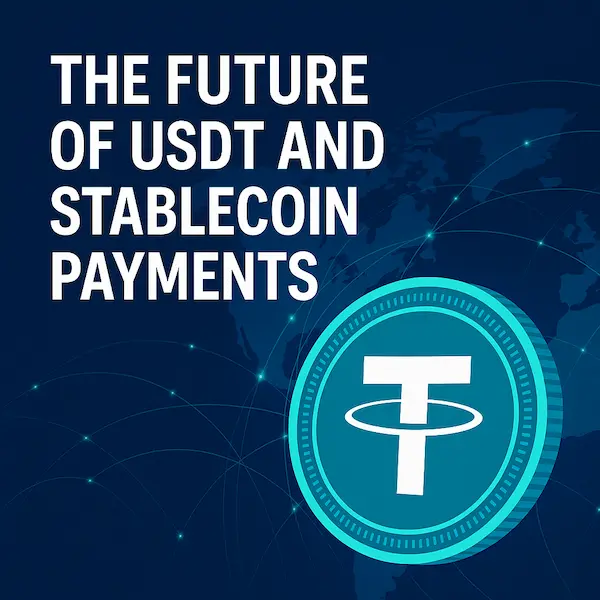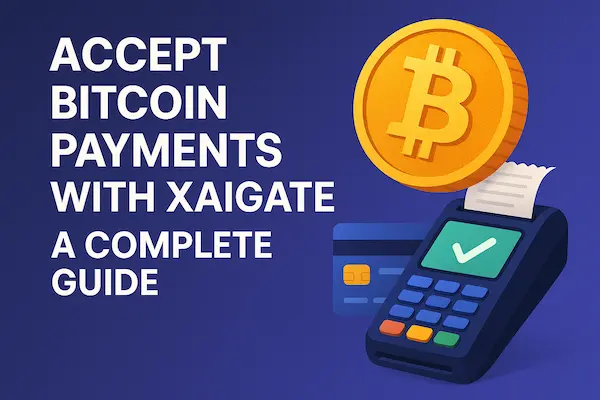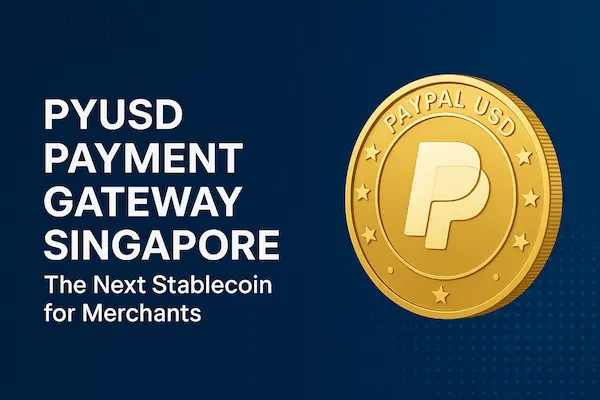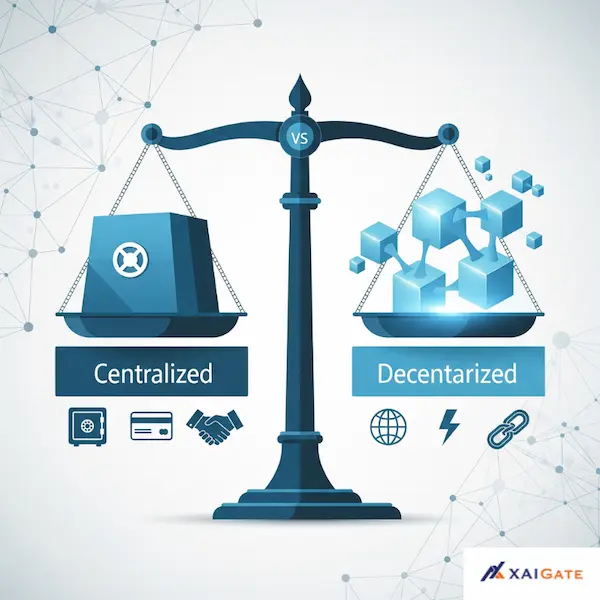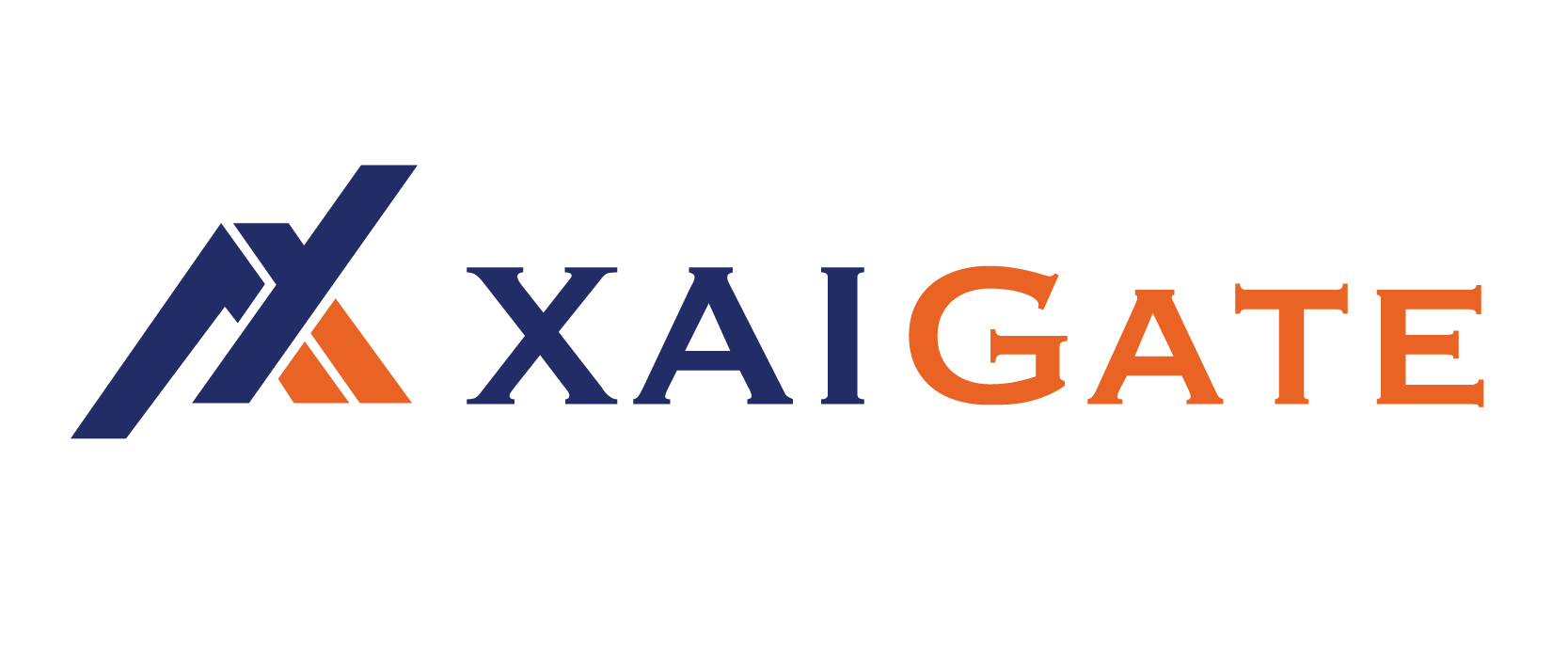In a global financial ecosystem where speed, transparency, and accessibility are becoming non-negotiables, stablecoins—particularly Tether (USDT)—have carved out a powerful niche. Once seen merely as trading instruments on crypto exchanges, stablecoins are now evolving into vital tools for cross-border commerce, payroll, lending, and global remittances. But what does the future of USDT payments hold in the context of expanding digital economies?
This in-depth guide explores the emerging role of USDT and stablecoins in global commerce, including current trends, technological shifts, regulatory evolution, and their potential to disrupt legacy finance.

Contents
- 1 Why USDT Has Become the Stablecoin of Choice
- 2 USDT in Real-World Payments: Current Use Cases
- 3 Technological Trends Shaping the Future of USDT Payments
- 4 Future Projections: What Will the Next 5 Years Look Like?
- 5 Challenges to Address in the Future of USDT Payments
- 6 Institutional Integration Will Accelerate the Future of USDT Payments
- 7 Compliance-Ready Stablecoin Payments: A New Era for Global Businesses
- 8 Conclusion: From Trading Tool to Global Payment Standard
- 9 FAQs – Future of USDT Payments
Why USDT Has Become the Stablecoin of Choice
Market Dominance and Liquidity
As of 2026, USDT remains the most widely used and liquid stablecoin in the world, with over $90 billion in circulation. Its integration into thousands of platforms—ranging from centralized exchanges and DeFi protocols to merchant payment systems—gives it an unmatched level of acceptance and interoperability.
Blockchain Interoperability
USDT operates on multiple blockchains, including Ethereum (ERC-20), Tron (TRC-20), Binance Smart Chain (BEP-20), Solana (SPL), and Polygon. This cross-chain deployment enables businesses to select the protocol that best balances speed, cost, and network activity. For example:
- TRC-20 USDT is popular in Asia due to low fees.
- ERC-20 USDT is favored in institutional DeFi platforms.
For a step-by-step breakdown on how to integrate USDT payments into your online store or digital platform, check out our in-depth guide on the best USDT payment gateway for business at XAIGATE.
USDT in Real-World Payments: Current Use Cases
International Payroll
Companies hiring remote workers now use USDT to pay salaries globally in a matter of seconds, avoiding high bank fees and currency conversion losses.
B2B Cross-Border Trade
Manufacturers and wholesalers in emerging markets use USDT to settle international invoices, eliminating the delays and costs of SWIFT or traditional remittance services.
Merchant Adoption
Retailers in crypto-friendly jurisdictions are increasingly accepting USDT via gateways like XAIGATE. It offers customers a fast, private, and irreversible payment option without currency volatility.
Technological Trends Shaping the Future of USDT Payments
Layer-2 Scaling and Gas Efficiency
As congestion and fees on mainnets like Ethereum persist, the rise of Layer-2 networks—such as Arbitrum, zkSync, and Optimism—presents a promising future for USDT microtransactions. Gas fees drop from dollars to cents, enabling everyday retail and online purchases.
Integration With Web3 Wallets and dApps
USDT is being integrated into decentralized apps and Web3 wallets like MetaMask, Phantom, and Trust Wallet, enabling users to pay or receive funds across borders without intermediaries.
AI and Smart Routing in Stablecoin Payments
Emerging smart contract-based payment systems can automatically route USDT across chains and protocols for the lowest fees and fastest confirmations, optimizing both B2B and retail usage.
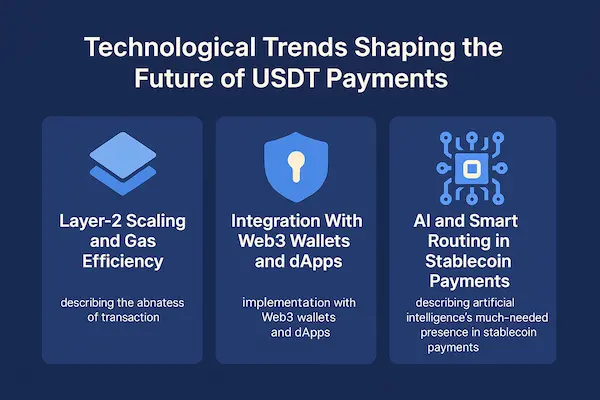
Future Projections: What Will the Next 5 Years Look Like?
Widespread Retail Adoption
We’re likely to see more POS systems and eCommerce platforms natively support USDT, especially in crypto-forward countries. QR code payments and one-click checkout via stablecoin wallets could rival traditional credit cards.
Embedded Finance and API-Based Payment Flows
As XAIGATE and other platforms improve API flexibility, businesses can build USDT payments directly into their apps, games, and services—without needing custodial gateways.
Real-Time Global Settlement
With blockchain interoperability, future USDT payment systems will support atomic swaps and real-time settlements between fiat and crypto. This could revolutionize supply chains, freelance platforms, and gig economies.
Challenges to Address in the Future of USDT Payments
Centralization and Reserve Transparency
Despite Tether’s regular attestations, concerns persist over the composition and liquidity of reserves backing USDT. Increasing regulatory pressure will likely push for more frequent and detailed disclosures.
On/Off Ramp Friction
The success of USDT in commerce depends on efficient fiat on/off ramps. While platforms like MoonPay and Binance Pay are filling the gap, local regulations and KYC requirements still pose barriers in many countries.
Volatility of Stablecoin Pegs
While USDT is pegged to the USD, black swan events or market manipulations can threaten stability. Future implementations may involve algorithmic safeguards or dynamic collateralization to enhance resilience.
To stay ahead in the evolving world of crypto commerce, businesses should explore robust solutions like XAIGATE. Learn how to streamline your stablecoin integration with our expert insights on the future-proof USDT gateway for global businesses:
🔗 https://www.xaigate.com/usdt-payment-gateway-for-business/
Institutional Integration Will Accelerate the Future of USDT Payments
Financial Giants Are Embracing Stablecoin Infrastructure
Traditional finance players—including Visa, Mastercard, and major regional banks—are increasingly exploring blockchain-based payments. In this shift, USDT stands out due to its deep liquidity and global reach. Financial service providers in Asia, Europe, and Latin America are testing cross-border settlements using USDT, bypassing the SWIFT system.
This momentum signals that the future of USDT payments is not just driven by crypto-native startups, but also by global institutions that recognize its potential for efficiency, transparency, and accessibility.
Corporate Adoption for Treasury and Payroll
Large corporations are beginning to hold USDT in their treasury reserves to hedge against fiat currency instability in emerging markets. Additionally, USDT is being used for real-time international payroll in industries such as freelance tech, BPO services, and logistics—where bank transfers are costly and slow. These use cases are critical in shaping the future of USDT payments for operational finance.
Compliance-Ready Stablecoin Payments: A New Era for Global Businesses
Web3 Identity Layers and zk-KYC Protocols
One of the most critical enablers of mainstream USDT adoption is the emergence of on-chain compliance tools. Web3-native identity solutions—like decentralized identifiers (DIDs), verifiable credentials, and zero-knowledge KYC—allow payment processors to meet local regulations without exposing sensitive customer data.
As these tools integrate with crypto payment gateways like XAIGATE, businesses can comply with regulatory requirements while preserving the privacy of their users, expanding the future of USDT payments into regulated sectors such as healthcare, education, and insurance.
Tiered Risk and Regulatory Models
Instead of a one-size-fits-all KYC process, the next generation of USDT payment systems will offer tiered access levels: P2P payments under a certain threshold may remain KYC-optional, while enterprise-level transactions can trigger automated compliance protocols. This model not only aligns with global regulatory trends but also preserves accessibility—a crucial factor in the future of USDT payments for borderless commerce.
Conclusion: From Trading Tool to Global Payment Standard
The trajectory of USDT is transitioning from speculative asset to utilitarian digital dollar. As global commerce grows increasingly borderless, USDT’s stability, speed, and availability give it a unique advantage over both fiat and crypto rivals. With innovations in scalability, regulation, and user experience on the horizon, the future of USDT payments looks more like a core pillar of the new digital economy than a temporary crypto trend.
Businesses that integrate USDT payments today are not only improving efficiency—they are future-proofing for a financial system in transformation.
FAQs – Future of USDT Payments
Q1: Is USDT legal to use in global payments?
Yes, in many jurisdictions. However, legality depends on local financial regulations and whether stablecoins are recognized under digital asset laws.
Q2: How does USDT avoid volatility compared to Bitcoin or Ethereum?
USDT is pegged to the US Dollar and backed by reserves, maintaining a near 1:1 price ratio with minimal fluctuation.
Q3: Can I use USDT for recurring payments?
Yes. Some platforms offer programmable USDT-based subscriptions using smart contracts or API-based invoicing systems.
Q4: Which industries benefit most from USDT payments?
E-commerce, remote work platforms, SaaS, logistics, and cross-border trade benefit greatly due to instant global transfer and low fees.
Q5: How do I integrate USDT payments on my website?
You can use gateways like XAIGATE to integrate no-login, low-fee USDT payment plugins into your eCommerce or business website.
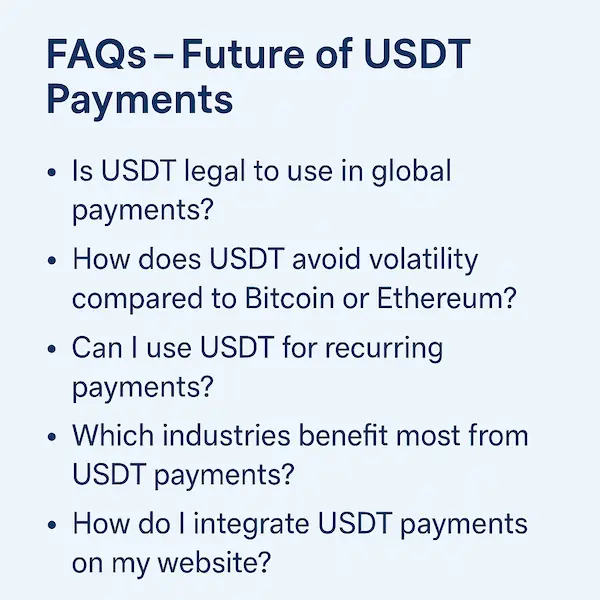
We may also be found on GitHub, and X (@mxaigate)! Follow us!
Don’t miss out on the opportunity to elevate your business with XAIGATE’s Future of USDT Payments and Stablecoin. The three-step process is designed to be user-friendly, making it accessible for all businesess. Embrace this modern payment solution to provide customers with a secure and efficient way to pay. Take the first step towards a competitive edge in the digital realm and unlock the benefits of cryptocurrency payments for online casino today.

